Here at Shalom House, we handpick our unique Judaica products for you to enjoy. Each of the luxurious items you see on our site comes with a story, deep with meaning, from the realms of our Jewish heritage and time-old tradition.
This section holds our blog posts, where we share with you, our trusted followers, the narratives behind our versatile categories of exclusive Judaica items. Read the posts below to learn more about how our products relate to and can enhance your everyday Judaica experiences.
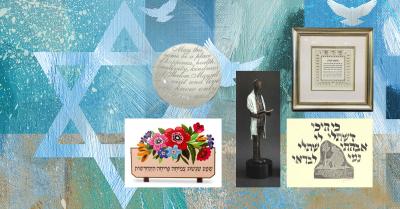
Judaism tells us that every home is a “mini sanctuary,’ the place which mirrors the holy temple, housing G-d’s presence and upholding our faith. We have infinite potential to infuse our homes with light by keeping Mitzvot, be it Shabbat, kosher, opening our home to others or simply raising a proud Jewish family.
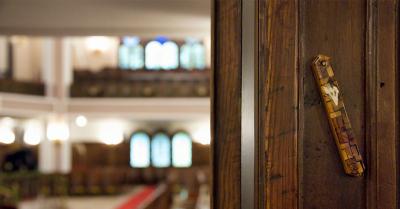
It was a starry, ominous night in Egypt. The Jewish nation sat in their homes, awaiting freedom. Outside, panic ensued as the firstborn of every Egyptian began to die, one by one. Fathers ran through the streets, screaming for Pharaoh- 'Let the Jews go, please!' Pharaoh, himself a firstborn, paced the palace hallways, barking at his servants to find Moses at once.

Did you know it’s an actual Mitzvah in the Torah to share in the blessings and good fortune of others? Joy in Judaism is not something to be experienced alone but shared. The late Lord Jonathan Sacks, Chief Rabbi of the UK and philosopher once said, “Blessings are not measured by how much we own or earn or spend or possess but by how much we share. Simcha (joy) is the mark of a sacred society. It is a place of collective joy.”
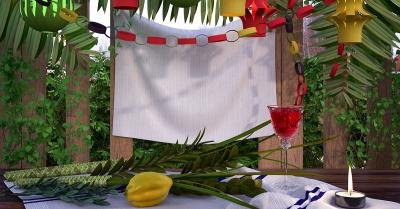
We’ve said goodbye to family BBQs, poolside lemonade, and family vacations. Summer has come to an end, replaced by the bustle of work traffic, school busses, and ugh- routine! Another 365 days of both familiarity and the unknown become our reality, and some of us dread it. However, the Jewish New Year and adjacent holidays provide a magical opportunity to change up our routine and provide a FRESH start.
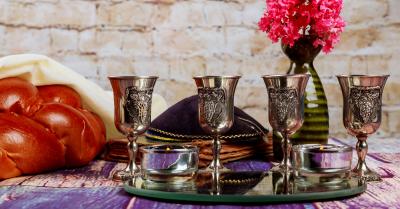
Let’s play a game - take a deep breath. Breathe in through your nose, real slow, and then breathe out through your mouth. Do it again, and then again. Focus on your breathing, so that your mind becomes quiet.
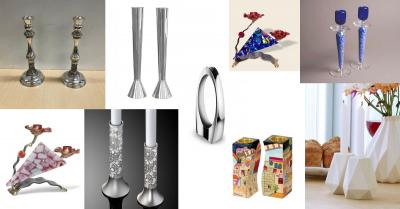
Well, we all know the important pasuk, “Remember the sabbath day, to keep it holy.” This is the 4th commandment, so important that it's one of the top ten! Shabbat is our seventh day of the week, a day dedicated to resting and spending time with our loved ones. And the candles? What do they have to do with this special day?
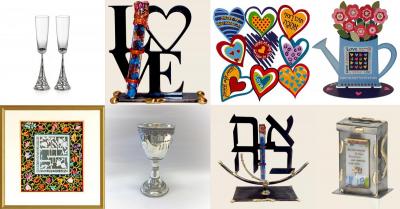
Congratulations! Mazel Tov! How many years has it been since the wedding? One? Seven? Twenty two? Let's enjoy a short trip down memory lane . The excitement built up for months of preparations. The best clothes were chosen.
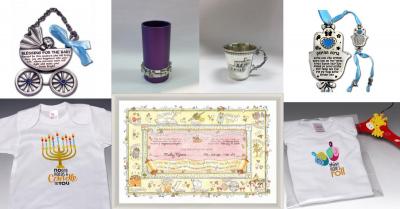
When a new baby comes into this world, everyone is overjoyed; the closer you are to the baby, the better - parents, grandparents, siblings, aunts, uncles and friends, all just looking for a chance to squeeze and cuddle their new family member, and to get them adorable little clothes like this Hug Sameach onesie.

It seems like it was only yesterday, when you got them their very first kiddush cup. Just a tiny one, so that they can hold while singing the kiddush along with you. They got about two words right, but were as proud as can be, to feel included.
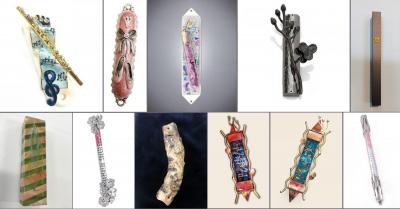
Is it time to put up a new Mezuzah? Are you sure you know how to do it? If you're not all that sure about it, or would like to pick up a few interesting bits of information about the Mezuzah, this article is just for you! First, before we go over the HOW, let's mention the WHY.
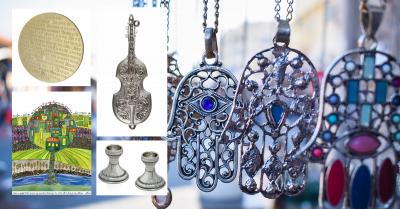
Have you ever wondered where Judaica got its name from? Have you ever asked yourself where this tradition of beautiful art started from? Are you a fan of judaica? You probably are, if you're on our site :) Today, we're here to answer some of these burning questions, and more! So read on, and let's discover some judaica secrets, together!
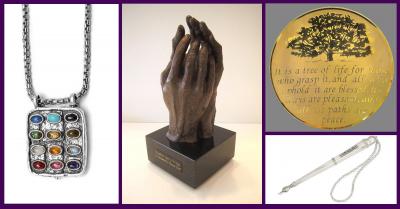
It has been a few thousand years since the days of the Torah, when the handy Israelites turned into the innovative jewish people we know today. Reading the stories of the Torah, our scripture, we see many expressions of the Israelites’ creativity, which has characterized us all through history. Looking for examples? We’ve gathered a few.
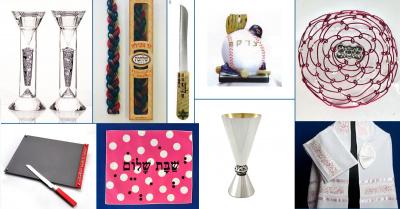
Looking for fine judaica? You’ve come to the right place! Shalom House Fine Judaica is one of the oldest Judaica stores in the United States. Located in the west San Fernando Valley, the family Owned and Operated store was established in 1971. Since the 70’s, it has become well known for bringing the finest in Judaica from Israel and around the world.
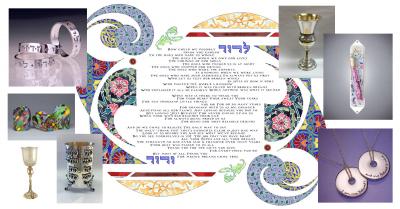
What is it about weddings that gets us so excited? We love going to weddings, and the thought of planning one, really gets the blood pumping. For those who are on the planning side of the event, there's just so much to get done, and it's ever so exhilarating! Our experience as guests in weddings has taught us many important lessons that we would like to apply when planning a wedding ceremony and party;
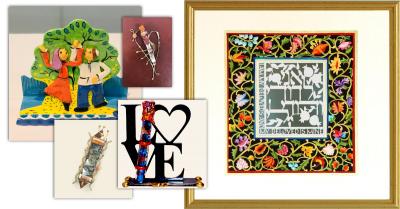
Remember your special day with your loved one? Your wedding day, whether it was 20 or 2 years ago, remains a significant milestone in your life and relationship. Our wedding day is special to us, no doubt. But why is that? The answers are many, but the first that comes to mind, is that our wedding day was the day that we started a new phase in our life. The day we were united with the person we chose to spend the rest of our life with.
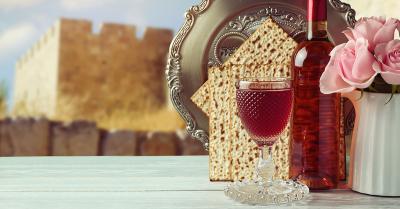
In just a few weeks, we will be celebrating passover, or as we like to call it, pessach. We hope more families will be able to celebrate pessach together this year, following last year's restrictions. Spirits are high as we're all getting in the mood for this special holiday! Pessach is one of our most beloved holidays, as it comes with so many cool built in features
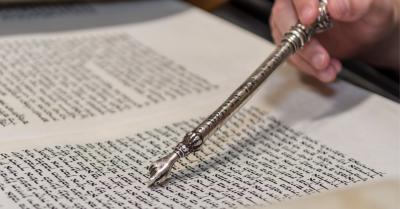
Often times these objects that remind us of home, the ones that become so dear to our hearts over time tend to seem insignificant at first. You may have never noticed until you got older that the textile your family used on Shabbat to cover the challah resembles the same one of another Jewish family across the globe.
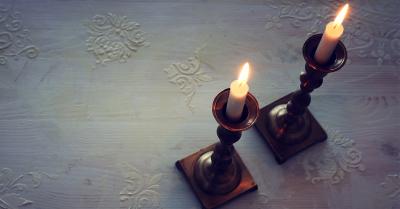
Shabbat is a special day for us, the jewish people. It's our time to rest and take time to reflect on the week we had. During shabbat we often enjoy quality time with our family and dedicate it to special activities that have been patiently waiting for shabbat, all week long.
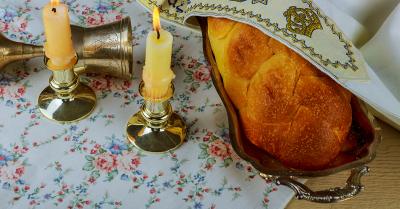
Can you smell that sweet scent of bread, rising through the air? But wait, what day is it today? It's Friday, which means that smell isn't just plain bread. It must be our delicious challah! What is it about that delectable bread, that makes it so special to us? Well, let's start from the cultural reference, looking around the world.

What a wonderful holiday to celebrate during this unprecedented time. Bringing light and hope into the world. This is a special holiday to celebrate at home with the family. Lighting your Hanukkiah- Hanukkah Menorah and placing it in the window for all to see not only brings light into your home but puts light out into the world!
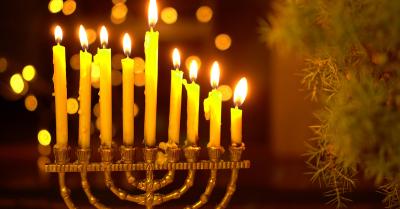
It's almost time to say goodbye to 2020!
The streets are getting festive, end of year holiday sales are all around us, the kids are starting to learn Hanukkah songs at school and all around, it seems like this revolution around the sun is nearing to a close. As we bid our farewell of the last 365 days, let's pat ourselves on the back.
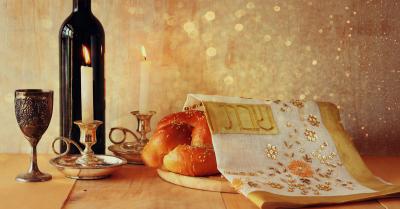
There's a children's song in Hebrew, we believe the whole world should know, or at least the whole Jewish world - it addresses the important topic of "Who loves the Shabbat". After reviewing a number of family members like Imma and Abba, and announcing that they are amongst those who love the Shabbat, the wise song eventually draws to the inevitable conclusion that Everyone loves the Shabbat!
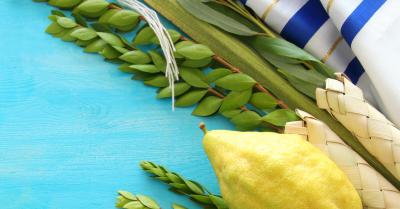
What's your favorite memory of Sukkot? Looking back at memories of past High Holidays, we have many good experiences to recall. Our expectations of the coming holiday are often related and built upon those fond memories. Sukkot is a favorite holiday among many, since it's a special time. Family and friends come together, and we don't just sit and eat inside the house!
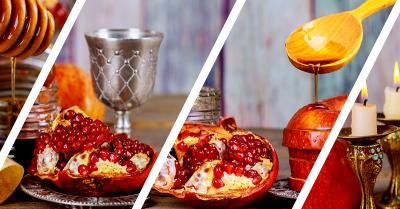
Chodesh Tov, Happy Elul. Actually, when it comes to this special month of Elul, we should probably greet each other with a more introspective blessing, such as - Have a reflective month, but somehow, we don't see that catching on, so have a good and healthy Elul! .

Remember that time you moved? Maybe even those several times? Moving can be quite a hassle. The end result of having a new place to live in, with an endless supply of potential adventures and memories, is well worth it, but the process itself is a complicated ordeal.

We live in strange times, don’t we? We hear from our elders that the world used to be a simpler place. Looking back into childhood memories, we can clearly pick up on all the things that change, and it’s easy to see how our parents, looking back, had an entirely different view of the world.
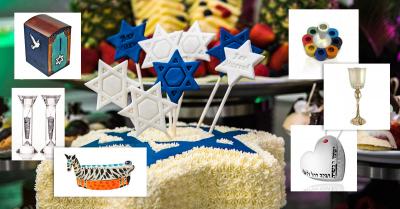
When you look up "Bat and Bar Mitzvah" , you get many online results. Explanations, traditions, venues and drasha ideas all come afloat. The first search result tells you that Bat and Bar Mitzvah is a Jewish coming of age ritual for boys and girls.
While this definition is basically true, it lacks so much of what makes Bat and Bar Mitzvah so special.
Most cultures have their own coming of age rituals, which are also called Rites of Passage. It's interesting to take a moment and step aside, disassociating ourselves with all we know, the sacred beliefs and traditions we grew up into, and look at our lovely Bat and Bar Mitzvah ritual from an anthropological point of view.